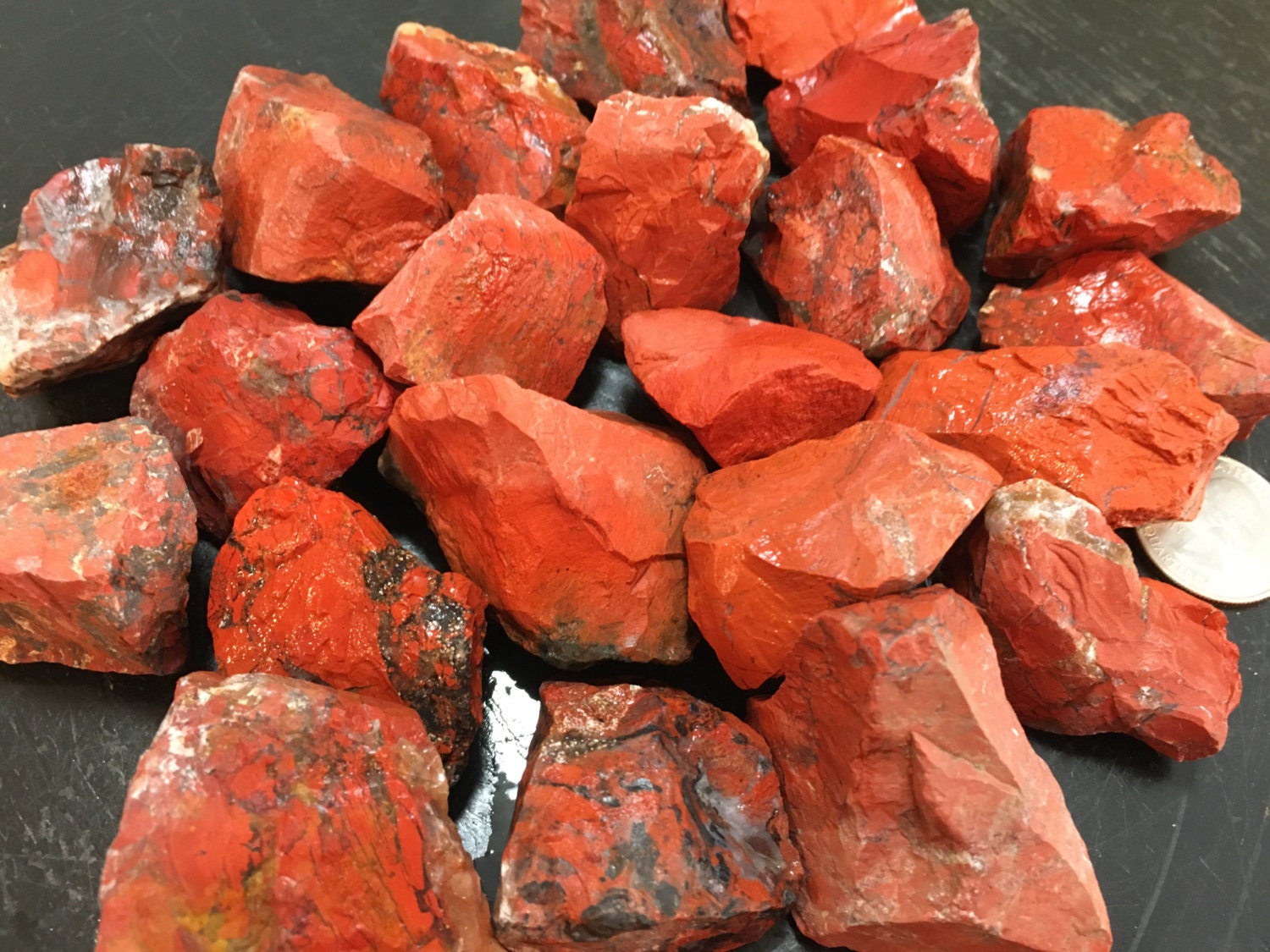


Many ancient tool makers understood the quality and properties of the materials that they used. These "fine-grained" materials break with greater predictability and produce a sharper edge. The name "flint" is often the preferred name used for material with a very fine grain size and a slightly higher luster. Native Americans mined, traded, and knapped these materials to manufacture tools for thousands of years. The Vanport Flint of eastern Ohio and the Alibates Flint of northern Texas are both names used for laterally extensive rock units. However, if the material comprises an artifact or is part of a rock unit that has historically been used in manufacturing weapons or tools, the name "flint" is often used. Specimen is approximately four inches across. This specimen has a fine-grained, uniform texture that should perform well in manufacturing tools. An example is the Huntersville Chert, which has produced significant amounts of natural gas in West Virginia.įlint: A specimen of brown, translucent flint from Minas Gerais, Brazil. Some of these cherts can be thick enough and laterally extensive enough to serve as oil and gas reservoirs over a broad geographic area. If the material makes up a sedimentary rock unit that can be traced from one geographic location to another, geologists are likely to call the material "chert". The name used also depends upon the geologic occurrence of the material or the historic use of the material by people. Geologists tend to use the word "chert", while historians and archaeologists tend to use the word "flint". The word used often depends upon who is talking. Usage of the names "flint" and "chert" are interesting. It might be used for tool-making, but knapping performance would be poor. The specimen is opaque with a coarse texture, with numerous voids and fractures. Chert: A specimen of gray chert from near Joplin, Missouri.


 0 kommentar(er)
0 kommentar(er)
